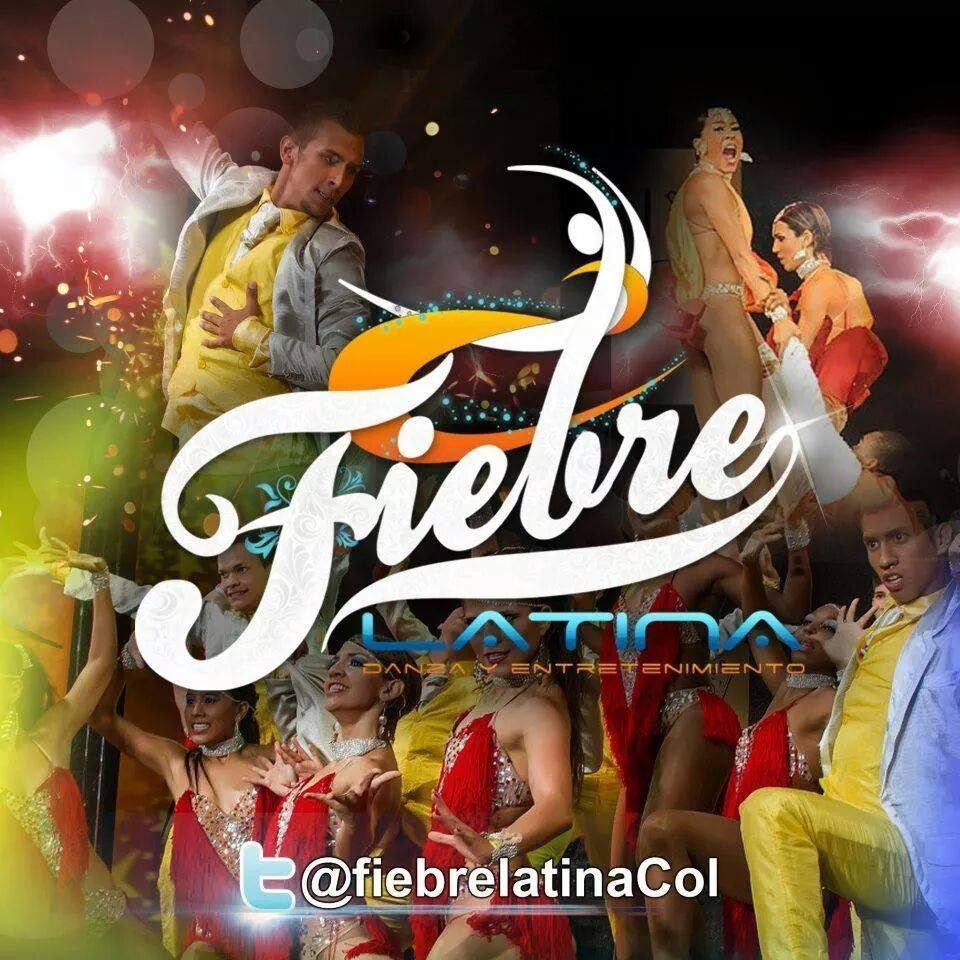North America / USA
El “Día de San Juan” Salsa Festival Western Region Puerto Rican Council, Inc.
Concilio De Organizaciones Puertorriqueños Del OEste
Countdown to El “Día de San Juan” Festival 2018
40th Anniversary
SAVE THE DATE
June 30, 2018
Due to the ongoing effects of the devastation of Hurricane Maria in Puerto Rico, the WRPRC will be directing all proceeds of El Dia de San Juan Festival to aid in the educational programs of the youth of Puerto Rico. http://www.wrprc.org/
“Día De San Juan” Salsa Scholarship Festival Line Up
Charlie Aponte
Charlie Aponte, one of the most beloved and remembered voices by millions of Salseros worldwide, returns to the stage as a Soloist after 41 successful years with La Universidad de la Salsa…El Gran Combo de Puerto Rico.

With Charlie Aponte as their lead singer El Gran Combo recorded many hits Brujería; Amor Brutal; La Loma del Tamarindo; No hay Cama pa’ tanta Gente; Hojas Blancas; Arroz con Habichuelas; among many others.
Tony Vega
Internationally known salsa singer and band leader, Tony Vega, emerged from Puerto Rico in the 1980’s, He has worked with many of the greatest salsa stars from the beginnings of the genre, to the present.
Vega was exposed to music at a very early age; influenced by many adults in his family who were musicians. Even in those early days, it was clear to Vega that nothing could satisfy his musical preferences like the music of his native Puerto Rico.
He was greatly influenced then by Ismael “Maelo” Rivera and Cortijo y su Combo, Rafael Ithierand El Gran Combo. Vega signed with the then new RMM record label and released his solo debut with “Yo Me Quedo!” in 1988.

Vega’s riveting voice and his innate ability to perform contemporary salsa in the best tradition of the classic “soneros” has been honed and refined over 19 years as an artist, first as a percussionist and then as a singer. Thus far Vega has participated in the recording of 17 albums, including the last four on the RMM label with his own band.
Tony Vega has recorded Hablando del Amor, Greatest Hits, Aparentemente, Hoy Quiero Cantarte, the self-titled Tony Vega, and these have established Vega as a highly regarded salsa star.
Taino Orchestra
Taino Orchestra began as a project to deliver salsa and latin jazz in August of 2010. The concept is very simple, a nine piece band with the sound and elegant sophistication of a big orchestra.
Inspired by bands and individuals such as Ray Barretto, Tito Puente, Willie Rosario, Eddie Palmieri and many others, TAINO has developed into one of the most solid, hard-hitting salsa bands in the area.
The band is led by percussionist and lead vocalist, Aaron Routtenberg. Aaron has toured and performed with some of the biggest names in the salsa industry including Jerry Rivera, Tito Nieves, La India, Tito Rojas and many more.

The percussion section features Carlos Caro on congas and Papo Martinez on bongo. On bass, Taino is proud to have veteran bandleader and musician Gilbert Roman, while the extremely talented Erick Peralta occupies the piano chair.
The sizzling horn section is proud to have Mike Rinta and Charly Aguilar on trombones, while Carlos McCoy dazzles audiences on baritone sax and flute. With this strong vocal section, swinging rhythm section, and blazing horn section that will make you move, we invite you to experience a musical masterpiece that you won’t soon forget! Ya lo ves, que viene TAINO!














